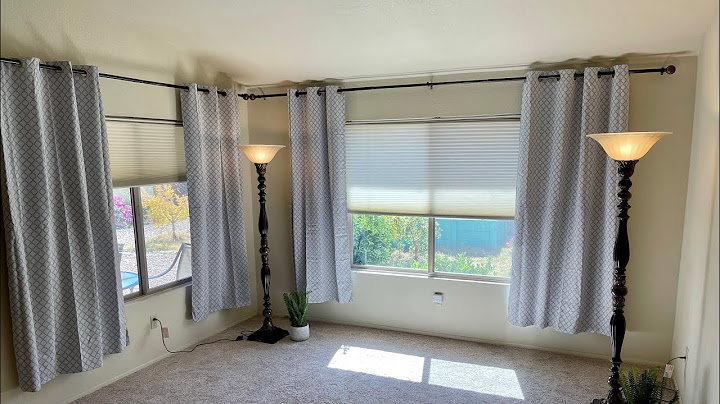RON HAZELTON: Hey Sebastian, what a good boy. He's a Border Collie, right? To figure out the right dimensions, I need to take some measurements and [LAUGHS] measuring a Border Collie is a challenging task. Come here. I won't hurt you. It's just a tape measure. Here, Sebastian, look. [WHISTLES] According to the American Humane Society, the height of a doghouse should be the height of the dog plus 9 inches. The length should be the dog's length plus 18 inches. And the width, his length plus 12 inches. Length 32. My plans call for a cozy insulated, two-room house that will permit Sebastian to see outside or to be completely sheltered. We'll add a slanted roof for rain runoff. So here we've got all the pieces for the frame base. Now, this is pressure-treated lumber because it's going to be in direct contact with the ground. One thing to keep in mind though when you're building pet structures is you don't want the pets to come in contact with pressure-treated lumber. It's not healthy for them. So this is all going to be covered over. Sebastian won't have — won't touch this, but it will keep this from rotting out because it's sitting on the ground. Amy draws clearance holes for three-inch rust-resistant deck screws, which will hold the frame together. Now we're ready to cut several sheets of plywood which will be used for the floor, roof and walls. Amy, I bet you haven't used a circular saw. Amy cuts as far as she can reach, then hands off to Charles to complete the cut. In order to have a slanted roof, our side walls must be angled at the top. To accomplish this, I plant the straight edge at the desired angle. Amy and Charles once again use the circular saw to make the cut. With all our plywood panels trimmed to size, it's time to assemble the doghouse. We start with the floor. Well, the question is, does it fit? Now this is what you call a doghouse-raising. We've assembled these corner braces by screwing a couple of 2 x 4s together. We'll first attach the braces to the side walls, then fasten the front and back walls to the braces. These corner braces will reinforce the walls and block drafts from blowing through. We attach a plywood skin to the frame and a support post, then just as the doghouse begins to take shape, threatening storm clouds roll in, followed by a true Midwest thunderstorm. So we've moved in here in the garage and actually, this is not a bad time to put this down off the table and onto the floor. It's probably going to be easier to reach it this way. I've also added a couple of braces here, here and here. Now we're ready to put our insulation in. We're going to be using this. This is rigid foam insulation. We've actually glued two pieces together — a one-inch piece and a half-inch piece and we're going to start by dropping this right inside our frames. So just grab something over there that looks like it might fit and we'll see if it indeed it does. — keep Sebastian from snacking
on that insulation. Why don't we start right here, Charles. With Sebastian's specifications outlined on the wall, Amy cuts the doorway out with a jigsaw and we screw the final wall section into place. Next, the roof goes on. We allow a slight overhang to keep rain runoff away from the walls, then cover the plywood with water-resistant roofing felt or tar paper which we attach with staple tackers. We also add a drip cap along the edges of the roof. This L-shaped piece of metal prevents water from seeping under the shingles and into the edge of the plywood. All right, time to do a little painting now. Finally, we nail our shingles into place, starting at the bottom and overlapping each row. Well done. Well, the rain's stopped and we've moved the doghouse out in the yard where it's going to live and we’ve added a hinge along the rear edge of the roof. The reason for that is, it makes it real
easy to clean by simply lifting up the front edge like this. Well, Charles, I think we did a pretty good job. AMY TRUSTY: AMY TRUSTY: What kind of wood should I use to build a dog house?Fir, cedar, and pine are go-to choices for types of wood, though parts of the doghouse can even use plywood or wooden pallets. You can even use shingles for the roof of the house.
How much wood do I need to build a dog house?Cut 2x4 wood boards into four pieces, with two at 22-1/2" long and two at 23" long for a medium-sized dog. Place the 23” side pieces inside the 22-1/2” front and back pieces to create a rectangle with the 2" side resting on the ground.
|

Advertising
LATEST NEWS
Advertising
Populer
Advertising
About

Copyright © 2024 chuyencu Inc.














